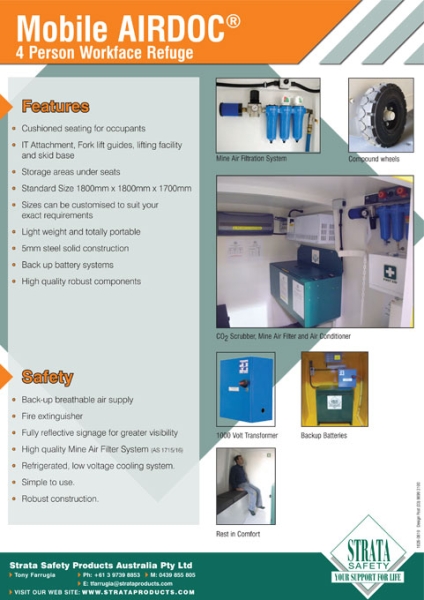
Are you really online?Who appears in the google search result when you type in your business products or services? Your competitors? Search Marketing and Search Engine OptimisationSearch Marketing (SEM) and Search Engine Optimisation (SEO) are dominating the web spend across the world and continues to grow at over 20% per annum. Competition for the top spot on google is becoming tougher and more exspensive every year.What is the point of having a website that is on page 1,236,987? Anywhere other than page one is just not good enough, we can help you and your business get there.We have a few quick tips and some information about the processes and ideas that are current. Goggle changes its ranking algorhythm daily and is developing new tools and methods for businesses to track their ROI on web spend. This means you need an online partner that keeps upto date with changes and updates.Here are some helpful insights.Step 1: Get out of the woodsThe first step after developing a website is to attract new visitors. That means you've got to get out of the woods and into the city, where potential customers can easily find you.Although search engine marketing (paid advertising and SEO) is still an important tactic for driving traffic, the word "engine" is no longer relevant.That's because Web users are adopting new search habits, moving away from search-engine queries to nontraditional searches within community forums, blogs, social media, and business directories. Which means marketers must also shift their marketing behavior by adopting new habits for search marketing.Here is a good way to start:
- Optimize your website and submit an XML sitemap to major search engines.
- List your website in local and national directories and in other directories that are relevant to your industry.
- Create social profiles on LinkedIn, Facebook, and Twitter, and post comments on a regular basis.
- Write news releases and articles and distribute them to popular blogs and online magazines.
- Use direct mail and other traditional marketing to drive visitors to your website or landing pages. (don't rely 100% on the Google monster).
- Determine a call to action for each page within your website, such as "Buy now" or "Get in touch."
- Give something in exchange for contact information, such as a free webinar or whitepaper.
- Develop landing pages and microsites apart from your website for use during specific campaigns.
- Simplify your copy. Instead of long paragraphs, use bullet points and numbered lists.
- Conduct A/B testing to try different headlines, buttons, and calls to action. Compare the results.
- Adopt Web 2.0 habits that encourage regular two-way conversations, such as community forums.
- Respond to both positive and negative feedback. Give thanks or make amends when necessary.
- Publish resources and testimonials that add value and credibility to your products and services.
- Develop an e-newsletter with quick tips and special promotions for your clients and prospects.
- Create a rewards program to generate referrals and new leads.
Posted By
Shervin
Email
sbrito@designpost.com.au